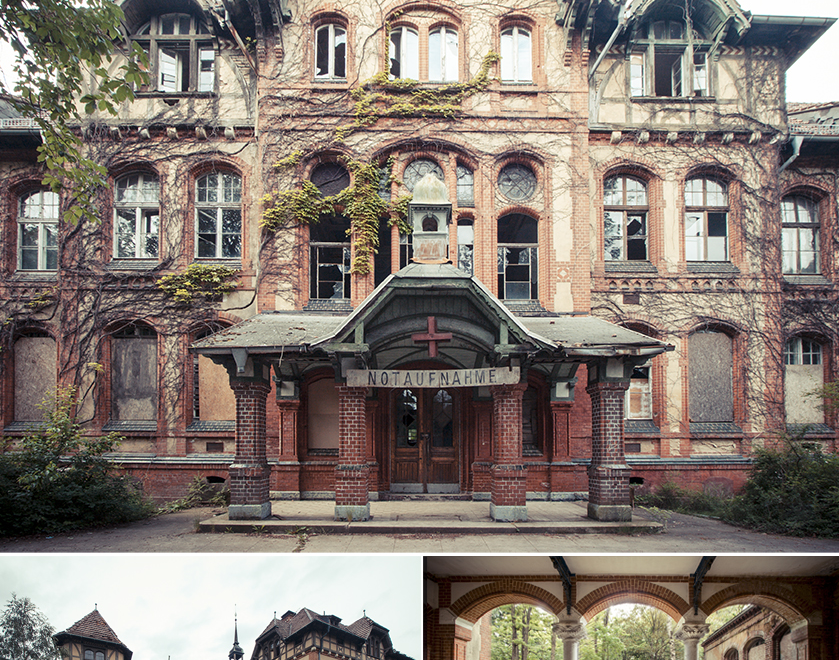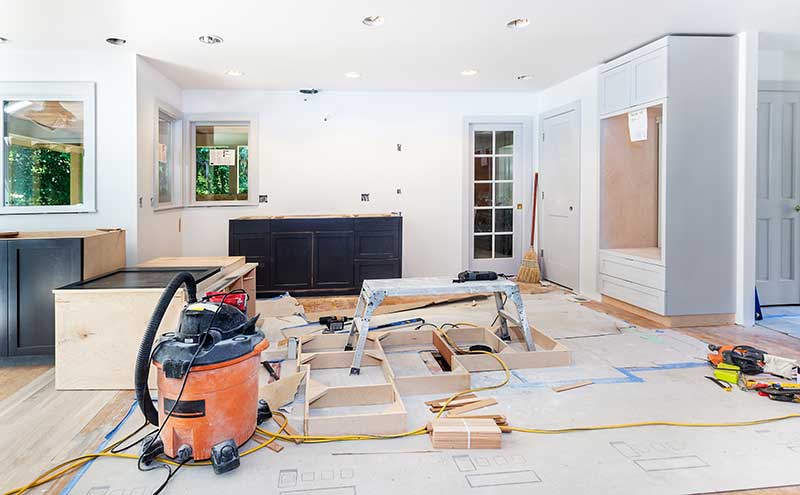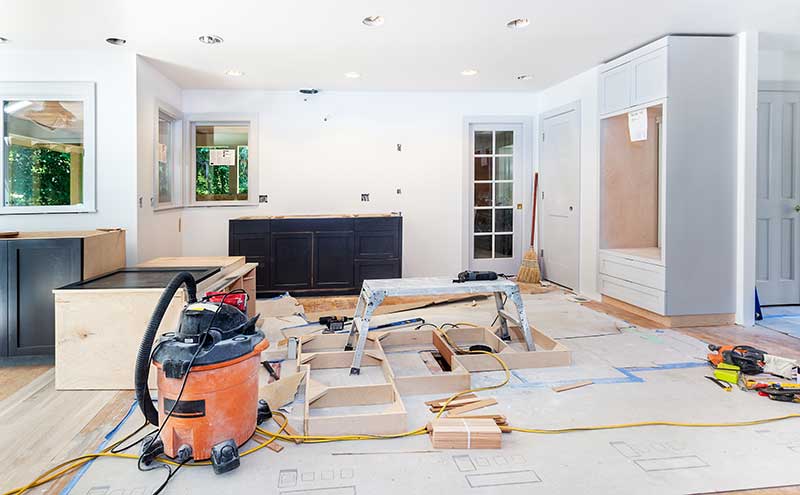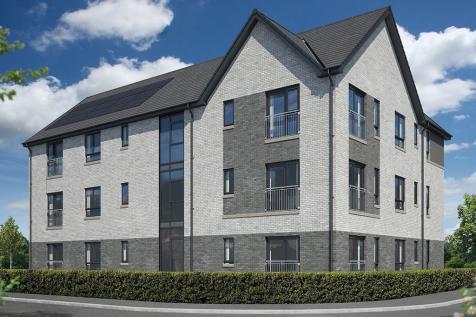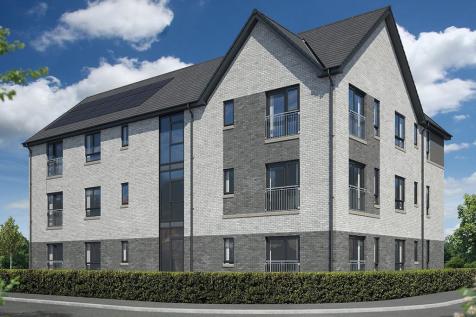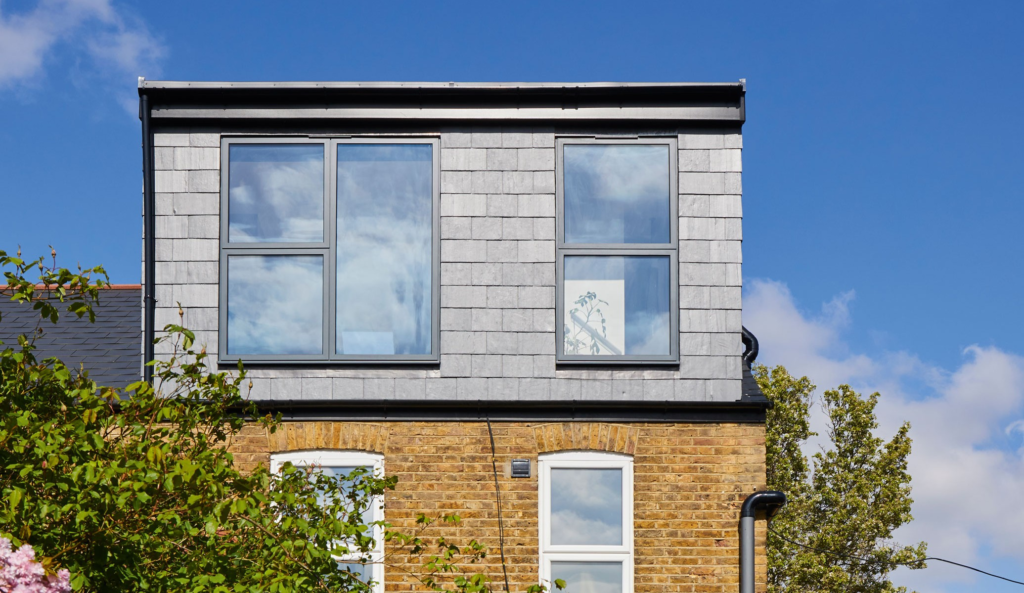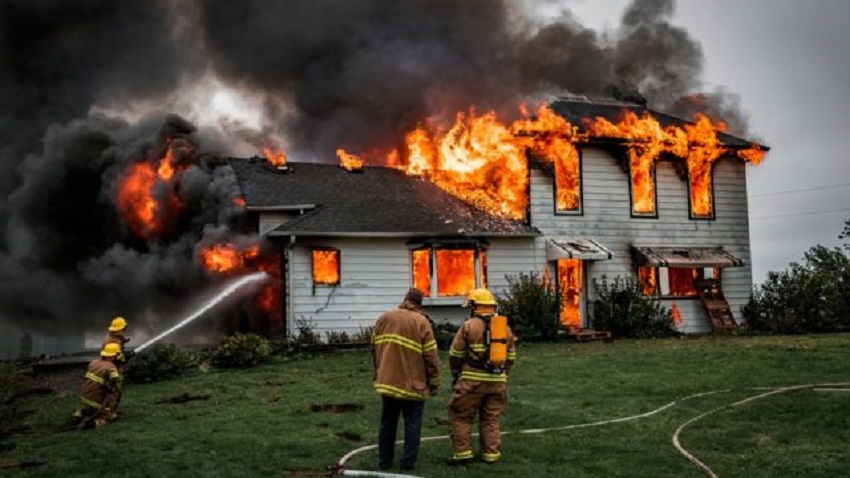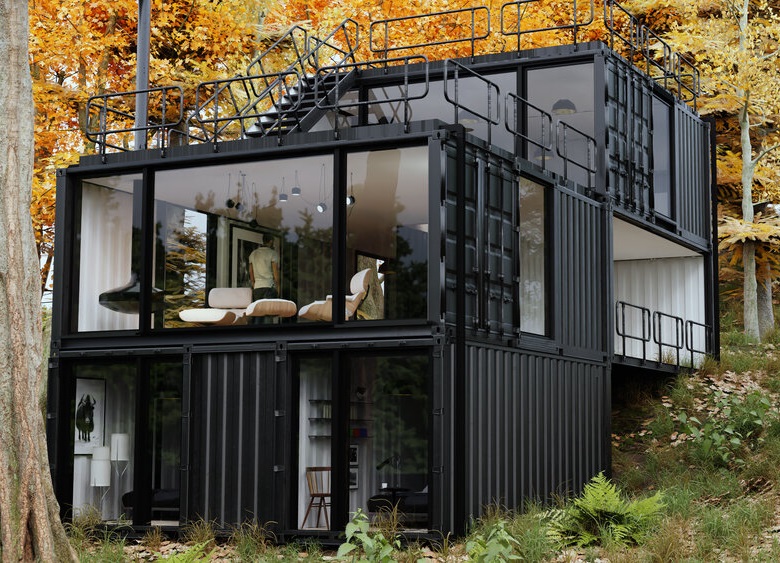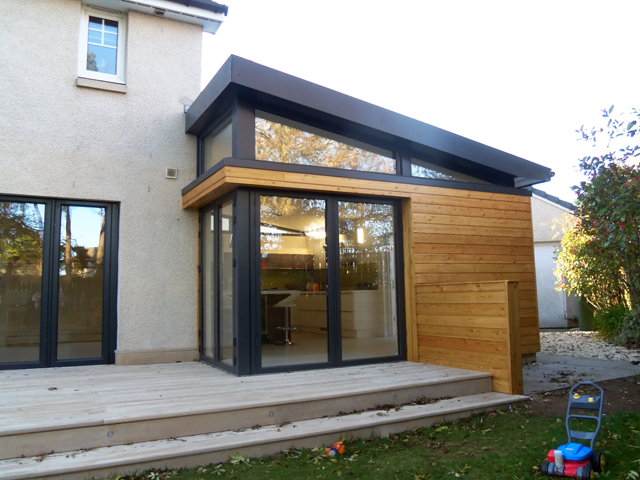5 examples of fascinating abandoned architecture
Designing a building is a challenging, time consuming and expensive process which requires an extreme amount of preparation. Buildings often live long lives and are restored when they start to get damaged.
However, throughout history some buildings fall victim to events which leave them abandoned. Places which once had a purpose are now forgotten.
Below are 5 abandoned buildings frozen in time.
City hall subway station –
The city hall station, was a terminal station on the IRT Lexington Avenue. Line of the New York City subway. The station opened on October 27th 1904, as one of the original 28 stations of the New York subway. As the underground became more popular, it was impossible to lengthen the original platform, to accommodate ten car trains. This caused the station to close on December 31st 1945, because the number of passengers using the station declined and it was close to the Brooklyn bridge station.
In 2004 the station was listed on the national register of historic places. In the mid 2000s Staff of the transit museum were conducting tours of the station. Unlike any of the other New York stations, there is little graffiti and dust in the station. The station remained in good condition in 2019, though only one of the original skylights remained.

Beelitz-Heilstatten Hospital –
The Heilstatten is a large hospital complex of about 60 buildings. Originally designed as a sanatorium. The complex from the beginning of World War 1 was a military hospital for the German army. During October and November 1916, Hitler recovered at the hospital after being wounded in the leg during the battle of Somme. It was used once again as a field hospital to treat wounded Nazis during World War II. In 1945, Red Army forces occupied Beelitz-Heilstätten, and the complex remained a Soviet military hospital until 1994, several years after the fall of the Berlin Wall.
In December 1990, Erich Honecker was admitted to Beelitz-Heilstätten after being forced to resign as the head of the east german government. After having liver cancer, he died in Chile in 1994. Beelitz lost its purpose with the departure of the Russians that same year and was abandoned in 1994. As of 2007, none of the abandoned hospital buildings or the surrounding area were secured, giving the area the feel of a ghost town.

Buzludzha Monument Bulgaria –
Construction of the monument began on 23 January 1974 under architect Georgi Stoilov. In power during the height of Soviet influence, the Bulgarian Communist Party decided to erect the monument to commemorate socialist communism. However, the site was abandoned after the government’s fall from power in 1989. Inside the building, mosaics commemorating the history of the Bulgarian Communist Party cover approximately 937 square meters. Although, one-fifth of the mosaics have already been destroyed due to age, weather-related deterioration and vandalism.

The Ryugyong Hotel North Korea –
The Ryugyong hotel, more commonly known as the hotel of doom, is an unfinished 105 storey, 330m tall pyramid shaped skyscraper. The construction of the building began in 1987 but was stopped in 1992 because North Korea entered a period of economic crisis. This was due to the dissolution of the Soviet Union.
After 1992, the building stood topped out, but without any windows or interior fittings. In 2008, construction resumed, and the exterior was completed in 2011. The hotel was planned to open in 2012, the centenary of founding leader Kim Il-sung‘s birth, but that was cancelled.
In late 2016, there were indications of renewed activity, and a report that a construction company had visited North Korea. In June 2019, there was new signage bearing the hotel’s name and its logo over the main entrance.

Buffalo Central Terminal –
This is a historic former railroad station in Buffalo, New York. It was an active station from 1929 to 1979. The main hall is expansive, with vaulted ceilings, decorative railings, and patterned floors. Even decades of neglect have not dulled the terminal. In addition to several ticket counters, the main hall also contained a post office, a restaurant and coffee shop, a barber shop, a Western Union telegraph office, and a soda fountain.
After the war, the station entered into what would be a permanent decline, amid the larger decline in train travel across the country. In 1956, the terminal was put up for sale for $1 million, but no one was interested. In 1968, New York Central Railroad and Pennsylvania Railroad merged forming the Penn Central System and two years later the new company declared bankruptcy. With the creation of Amtrak in 1971, service was restored to Niagara Falls and Toronto via the Maple Leaf, but the Buffalo Central Terminal was simply too big and expensive to maintain. The station closed in 1979.



